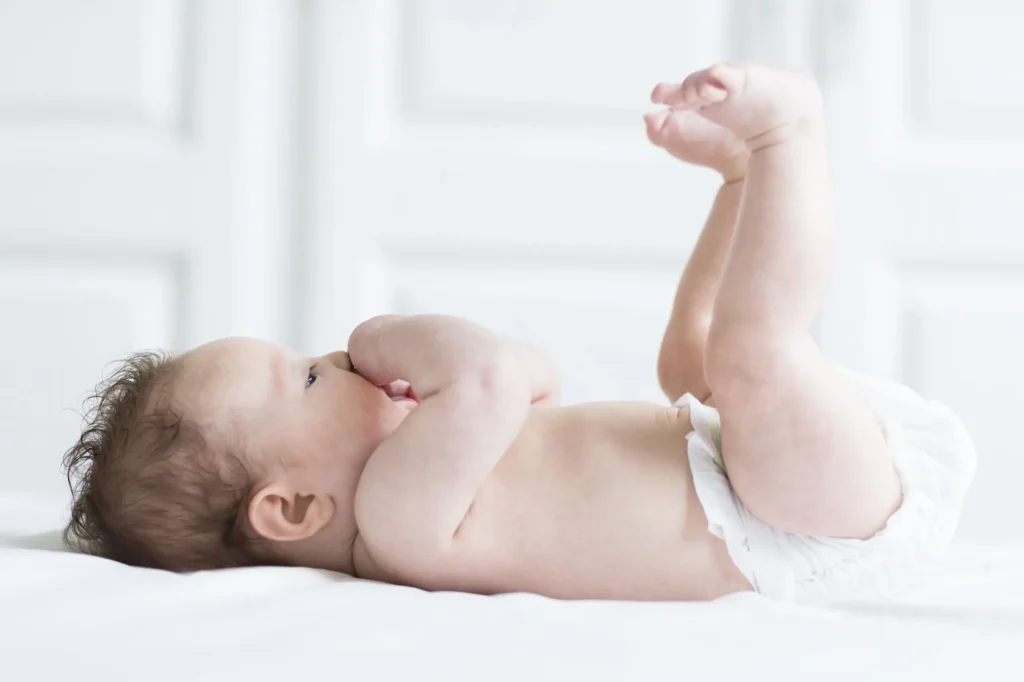How long do babies wear diapers? As parents, it’s one of the common questions that often arise. Every child’s development is unique, and the duration of diaper use can vary from one baby to another. In this article, we’ll explore the average timeline for diaper use, factors that can affect its duration, and some helpful tips to navigate this essential stage of your baby’s life.
Understanding the Average Duration:
On average, babies wear diapers for approximately two to three years. However, this timeframe can vary depending on several factors, including your child’s individual development, readiness for toilet training, and personal preferences. While some babies may transition out of diapers as early as 18 months, others may continue using them until they are over three years old.
Factors Influencing Diaper Duration:
- Physical Development: Babies typically wear diapers until they gain control over their bladder and bowel movements. This milestone is known as “toilet training readiness.” The age at which children achieve this readiness can vary widely. Most babies start showing signs between 18 months and 3 years, but it’s essential to remember that each child follows their unique timeline.
- Cognitive Development: Cognitive development plays a vital role in toilet training readiness. As babies grow, they begin to understand cause-and-effect relationships, become aware of their bodily sensations, and communicate their needs more effectively. These cognitive abilities contribute to a child’s readiness to start toilet training, indicating they may be ready to transition out of diapers.
- Motor Skills: Fine and gross motor skills development is another crucial aspect to consider. Children need to be physically capable of sitting on a potty chair or toilet, pulling their pants up and down, and controlling their bodily functions. Motor skill development varies among babies, so it’s important to observe their progress and adjust accordingly.
Helpful Tips for a Smooth Transition:
- Observe Signs of Readiness: Look for signs such as increased awareness of wet or soiled diapers, longer periods of dryness, or attempts to imitate family members using the toilet. These indicators can help you determine when your baby might be ready to start toilet training.
- Introduce the Concept Gradually: Begin by familiarizing your child with the concept of using the toilet. Allow them to sit on a potty chair fully clothed to become comfortable with the idea. You can also read books or watch videos about potty training together, making it an exciting and positive experience.
- Encourage Independence: Promote self-sufficiency by involving your child in the process. Let them choose their own potty chair, pick out their underwear, and celebrate small successes along the way. Positive reinforcement goes a long way in boosting their confidence and motivation.
- Be Patient and Flexible: Remember that toilet training is a learning process that requires time and patience. Expect setbacks and accidents, and handle them calmly and supportively. Avoid pressuring or punishing your child, as this may hinder their progress. Each child is different, and they will progress at their own pace.
Conclusion:
In summary, the duration of diaper use varies from baby to baby. On average, babies wear diapers for approximately two to three years, but this timeline can be influenced by factors such as physical and cognitive development, as well as individual readiness for toilet training. By observing signs of readiness, introducing the concept gradually, encouraging independence, and being patient and flexible, you can help your child navigate this important stage with confidence. Remember, every child is unique, so focus on creating a supportive and positive environment throughout the process. Learn more


